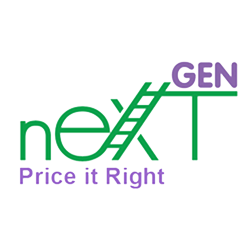“A Resale POS system without auto-pricing waddles like a duck on land,
with auto-pricing it streams like a duck in water” NextGen Knowledge Base
POS Auto-Pricing is a must-have tool for resale businesses today. It instantly suggests the right resale price of an item based on brand, condition, currency, features, composition, … . It dramatically cuts the time required to price. It assures that prices are correct and consistent. It adds considerably to a store’s bottom line. It frees owners and significant others to tend to sales, customer service and other areas important to the success of the business.
The challenges facing the buyer of resale merchandise, whether buying outright or on consignment, are far greater than those facing buyers of new. To arrive at an item’s selling price, the resale buyer must assess the currency, quality and condition of hundreds of types of merchandise (apparel, footwear, accessories, toys, equipment, each carrying one of thousands of possible brands / labels– numbers of a magnitude dwarfing those faced by even the largest retail buyers. What’s more the resale buyer must examine these items and determine the selling price one by one, each in a matter of seconds.
Little surprise that owners quickly find themselves and others in their employ spending an inordinate amount of time buying. It’s the black hole of many if not most resale operations.
It is no surprise that the POS system of virtually every resale franchise or chain has auto-pricing built-in. What is a surprise is that ResaleWorld’s Liberty 4 is the only POS system today with built-in auto-pricing available to independent Resale owners of women’s, juniors and Children’s Resale shops.
In the Retail industry, the gain in productivity realized with the move from cash registers to POS systems has been significant. In the Resale industry, the gain in productivity realized with the move to POS systems w/auto-pricing is proving no less significant.

